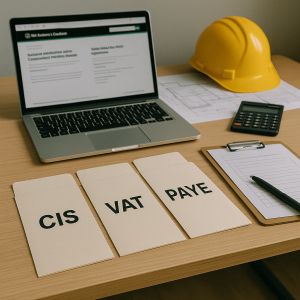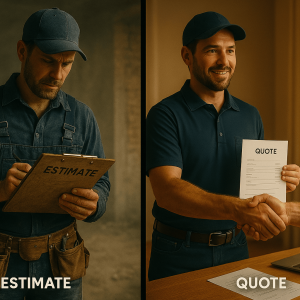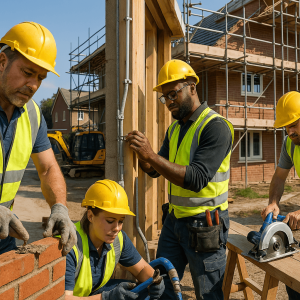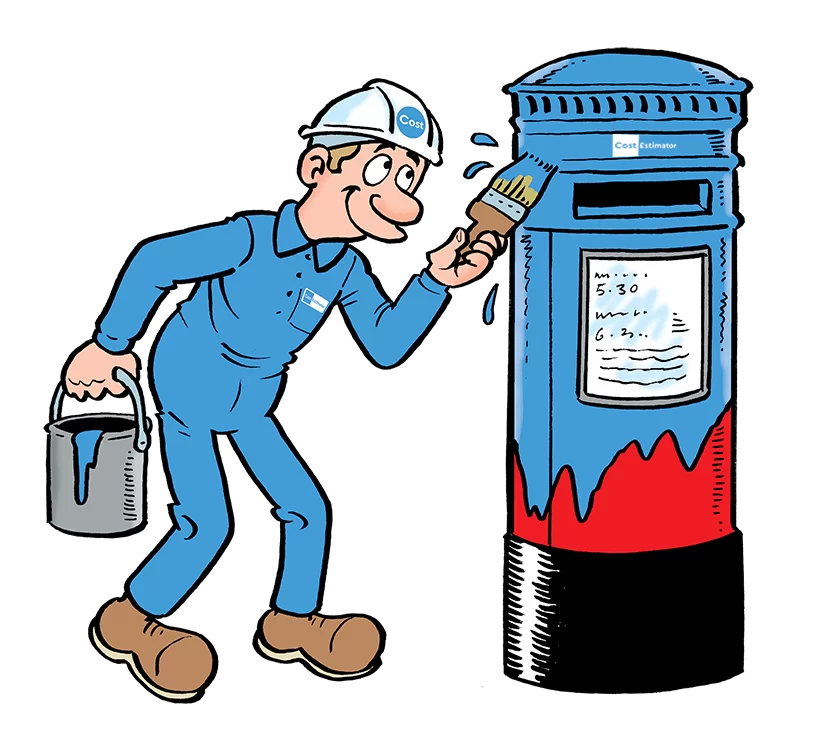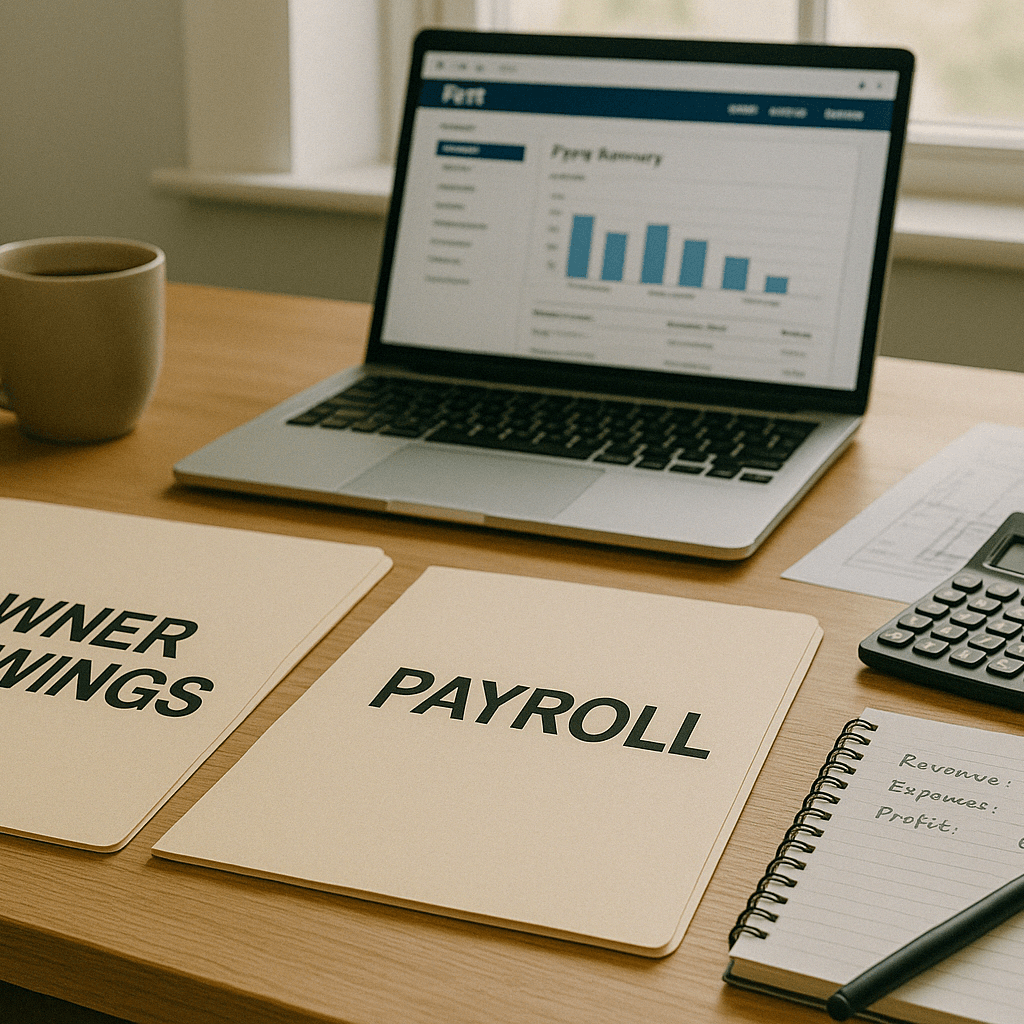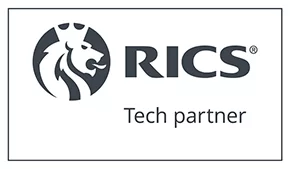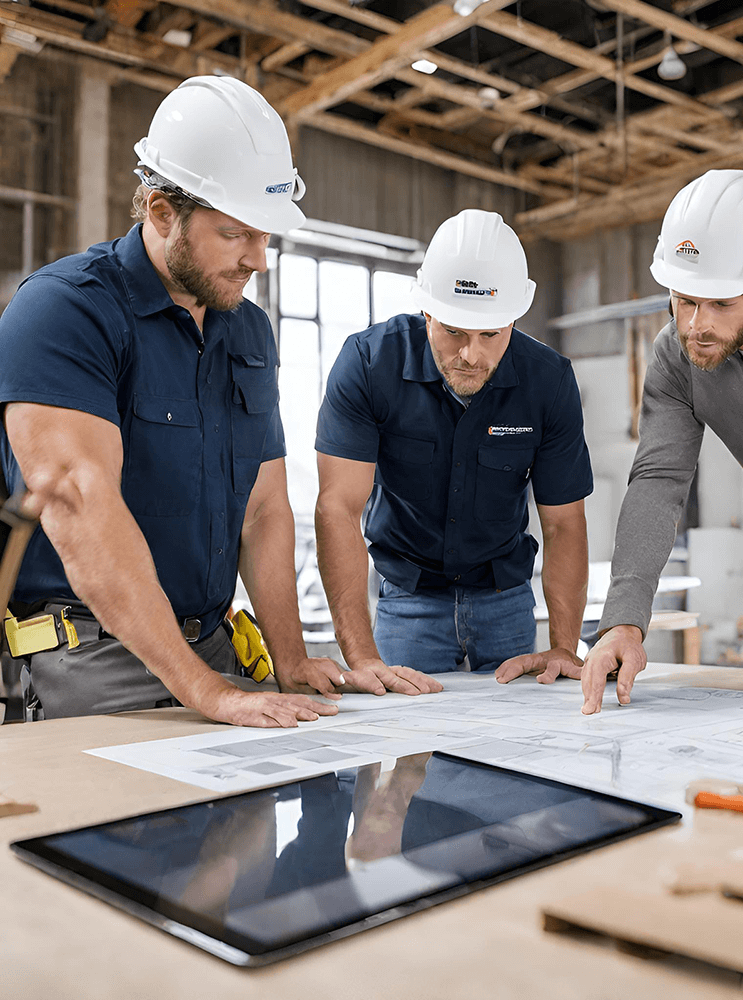Are you knee-deep in the planning stages of a home renovation or gearing up for a brand new build? If so, you’ve likely encountered the need for plasterboarding—an essential component in achieving smooth, finished walls and ceilings. Determining the cost of plasterboarding per square meter, however, can be a bit of a puzzle. But fear not! In this guide, we’ll break down the key factors that impact the pricing of plasterboarding, ensuring you’re well-equipped to budget your project effectively.
Factors Influencing Plasterboarding Cost
From the size of the project to the complexity of the work, several elements influence the overall cost of plasterboarding. To get a good guide to how much it will cost you to plaster an area, use our FREE plastering cost calculator:
The Size and Complexity of Your Project
The size of your project directly impacts the amount of plasterboard, labour, and time required. Larger areas demand more materials and additional labour, which can drive up costs. Additionally, complex projects—such as those involving intricate corners, high ceilings, or uniquely shaped walls—often require more expertise, precision, and possibly custom-cut boards. These complexities increase both material waste and labour time, leading to a higher overall expense.
Type of Materials Used
Plasterboard comes in various types, each designed for specific needs, and these variations can influence the cost:
- Standard Plasterboard: Typically the most affordable and widely used for general wall and ceiling applications.
- Moisture-Resistant Plasterboard: Essential for bathrooms, kitchens, and other high-humidity areas. These boards are more expensive than standard options but protect against dampness and mould.
- Fire-Resistant Plasterboard: Commonly used in garages, staircases, and commercial settings where fire safety is a priority. This type of board can be pricier due to its enhanced safety features.
- Acoustic Plasterboard: Designed to reduce sound transmission, often used in offices or multi-occupancy buildings. Though beneficial, it tends to be more expensive due to its density and soundproofing properties.
Choosing the right type of plasterboard not only affects the price but also ensures durability and compliance with safety regulations.
Additional Materials and Finish Level
Additional materials such as adhesive, joint compound, and fixings can add to the overall cost. The level of finish you desire also influences the price significantly:
- Basic Finish: A simple skim coat is affordable and sufficient for painting or wallpapering.
- Smooth Finish: This requires extra care to achieve a flawless surface, which may involve additional sanding and multiple skim layers.
- Decorative Finishes: For a high-end or textured look, you might consider decorative plastering, which requires skilled tradespeople and specialty materials, adding to both labour and material costs.
Higher-end finishes or decorative plastering can elevate the room’s aesthetic but also raise the budget considerably.
Building Your Budget: Material and Labour Costs Explored
Let’s look into the material and labour costs to help you form a more precise building estimate.
Material Costs
Material rates differ primarily based on the type of plasterboard and the quality of finish desired. Here’s a breakdown for a typical scenario:
- Standard 12.5mm plasterboard can cost around £4.04 per m².
- Adding a thistle board finish might bring the expense to a total of £6.50 per m².
- Considering a 10% waste factor, the total material rate would approximate to £7.15 per m².
Labour Costs
The cost of labour can be calculated based on the going rates for skilled tradespeople and can dramatically vary depending on the efficiency and the method used to estimate this factor:
- A mixed crew might complete a standard room at an average rate of £17.20 per m² per day.
- Using productivity constants from construction databases, rates might climb to about £20.85 per m².
Calculating Overheads and Profit
Remember, any contractor will also need to factor in overhead and an appropriate profit margin:
- Overheads might be calculated at around 5% to 10% based on the company’s operational costs.
- Profit margins could range from 2.5% to 10%, depending on the business goals and market conditions.
- Use our handy plastering cost calculator for a detailed breakdown.
Conclusion: The Final Tally
In synopsis, calculating the price of plasterboarding per m² involves a detailed understanding of material, labour, overheads, and profit margins. By delving into these specifics, homeowners and contractors alike can develop accurate budget expectations and ensure competitive pricing. Ready to start your plasterboarding project with a firm grip on potential costs? Dive into the details, and plan your budget with precision!
FAQs about Plasterboarding Price per m²
What is the average cost of plasterboarding per m²?
It generally ranges between £23.84 to £30.80 per m², depending on factors such as labour efficiency, board type, and additional finishes. For a specific cost breakdown, try our Estimating Service.
Does plasterboard type affect the overall cost?
Yes, specialty plasterboards like fire-resistant or moisture-resistant types are more costly than standard boards due to the added material benefits.
How significant are labour costs in the overall pricing?
Labour costs are substantial and can vary widely based on the efficiency and experience of the workforce. Well-planned projects can optimise labour expenses, keeping the overall cost lower.
Can plasterboarding be done as a DIY project to save costs?
While some may attempt DIY plasterboarding, professional installation ensures better quality, especially for larger or more complex projects. Errors in DIY plasterboarding can lead to additional costs for corrections, so professional services are often recommended for best results.
Are there additional costs beyond plasterboarding materials and labour?
Additional expenses may include surface preparation, insulation materials, and finish levels. Using our construction calculators can help you budget for these potential add-ons.
How long does it take to complete plasterboarding for an average room?
Typically, plasterboarding a standard room can take between a few hours to a full day, depending on room size and workforce efficiency. For an accurate time and cost estimate, contact us for a personalised quote.
Do I need a specific type of plasterboard for wet areas like bathrooms?
Yes, for areas exposed to moisture, such as bathrooms, it’s recommended to use moisture-resistant plasterboard. This may add to the cost, but it ensures durability and longevity in wet environments.


